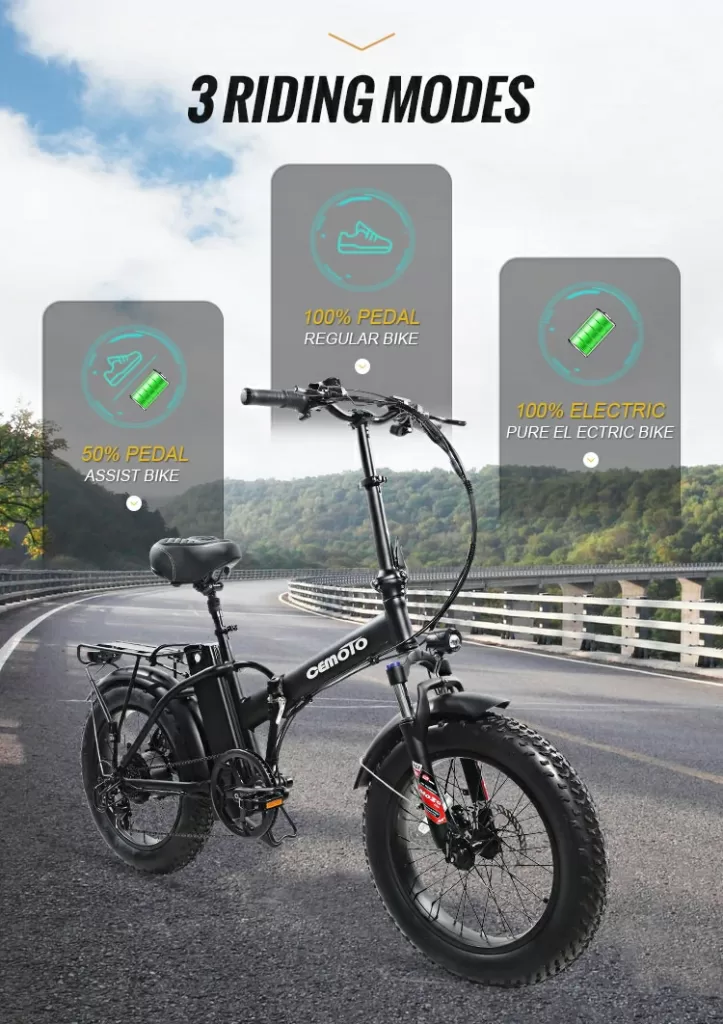The state of California defines e-bikes by using a three-class system, defined largely by the type of electric motor control (pedal assist or throttle) and top assisted speed (20 or 28 mph). These limits control the maximum speed at which the motor will provide assistance to the rider. They are for safety on lanes and paths that are shared with non-motorized bicycles, and in some
cases. with pedestrians. A cyclist may still ride the bike faster under their own pedal power, subject to other local speed limits.
This legislation has been adopted in almost 30 other states and gives e-bike riders consistency with similar rights and duties to that of traditional bike riders on most public roadways, including
bike lanes and multi-use paths.
In some parks, however, e-bikes may be subject to motorized vehicle restrictions on non-motorized and natural surface paths and trails, particularly mountain bike trails. Check with your city or park authority as these regulations may vary and be in flux.
Every legal e-bike sold in California is labeled with a sticker that shows the class of the e-bike, it’s top assisted speed, and its motor wattage.
CLASS 1 – PEDAL ASSIST
● What it is: Bicycle equipped with a motor wattage of 750 Watts or less that provides assistance only when the rider is pedaling, and that ceases to provide assistance when the e-bike reaches 20mph.
● Where you can ride it: Class 1 e-bikes can be ridden wherever bikes are allowed, including bike lanes and multi-use paths. Check locally for non-motorized, natural surface trails rules.
● What is required: Class 1 e-bikes do not require a license to operate. They have the same rights and duties as a traditional bike rider.
CLASS 2 – THROTTLE ASSIST
● What it is: Bicycle equipped with a throttle-actuated motor with wattage of 750 Watts or less, that ceases to provide assistance when the e-bike reaches 20mph.
● Where you can ride it: Class 2 e-bikes can be ridden wherever bikes are allowed, including bike lanes and multi-use paths. Check locally for non-motorized, natural surface trails rules.
● What is required: Class 2 e-bikes do not require a license to operate. They have the same rights and duties as a traditional bike rider.
CLASS 3 – PEDAL ASSIST
● What it is: Bicycle equipped with a motor wattage of 750 Watts or less that provides assistance only when the rider is pedaling, and that ceases to provide assistance when the e-bike reaches 28mph.
● Where you can ride it: Class 3 e-bikes can be prohibited on some bike paths. Always check locally before riding. Check locally for non-motorized, natural surface trails rules.
● What is required: Class 3 e-bikes do not require a license to operate in some areas. Always check locally before riding.
About CEMOTO
CEMOTO LTD 2008 to 2023. 15 years OEM on electric bike, electric bike kit, electric scooter, Electric trycycle,Own factory and office 8000 square meters
If you are plan to buy electric bike, you can contact us. We can provide a high quality and cheap price ebike to you.
If you are a DIY player, you can buy accessories from us to make your own bicycle into electric Bike.
All in all, Thank for your watching.



